
Eversolo DMP-A6 Gen 2 Universal Streamer Unveiled at CES 2025
12.01.2025 06:28 | ~2 minutes read
The second generation of the Eversolo DMP-A6 Gen 2 network audio streamer offers the user a built-in digital-to-analog converter on two audiophile ES9038Q2M DAC chips from ESS Technologies, a proprietary EOS audio engine that further optimizes sound quality and expanded HDMI commutation capabilities (ARC support and multi-channel audio streaming, including DSD Native).
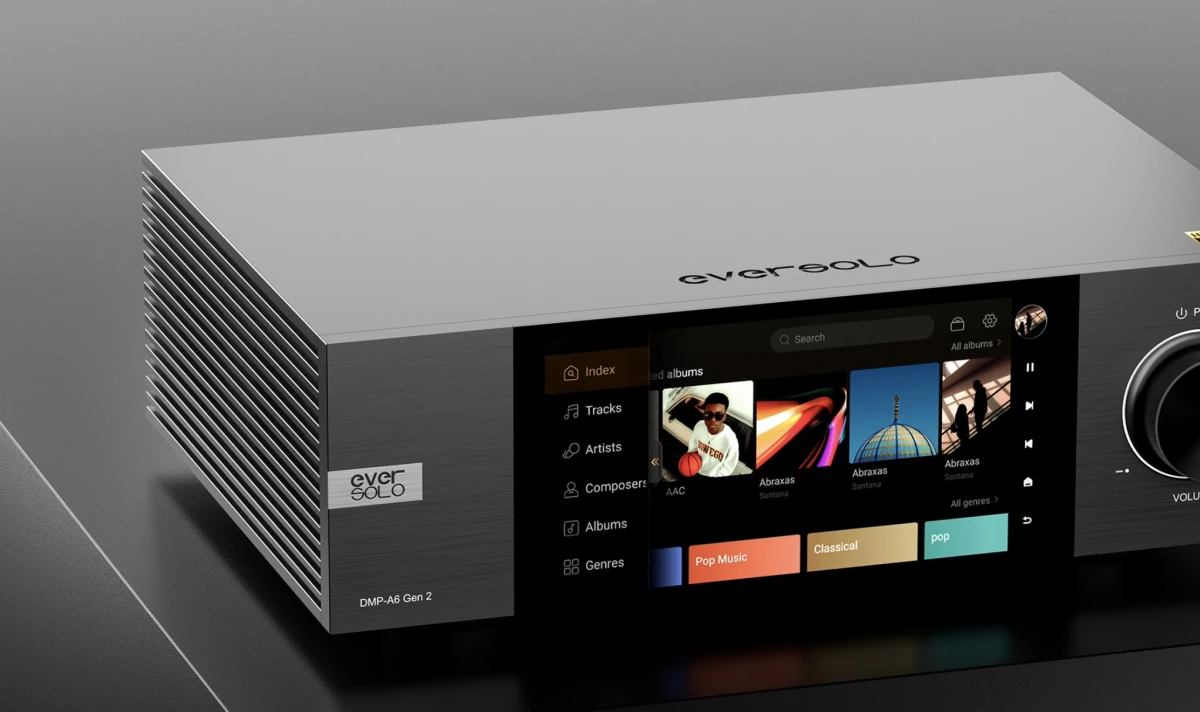
In addition to all of the above, Eversolo DMP-A6 Gen 2 has a built-in preamplifier “on board”; the model is also Roon certified. The Eversolo DMP-A6 Gen 2 network streamer uses an XMOS XU316 audio interface with an upgraded XMOS chip that supports decoding of DSD digital streams up to DSD512 Native and PCM up to 32-bit / 768 kHz. The new product uses dual low-jitter clock synchronization, combining high-precision clock generators with optimized algorithms to minimize jitter. With a fully balanced architecture, the device offers both balanced and unbalanced analog outputs.
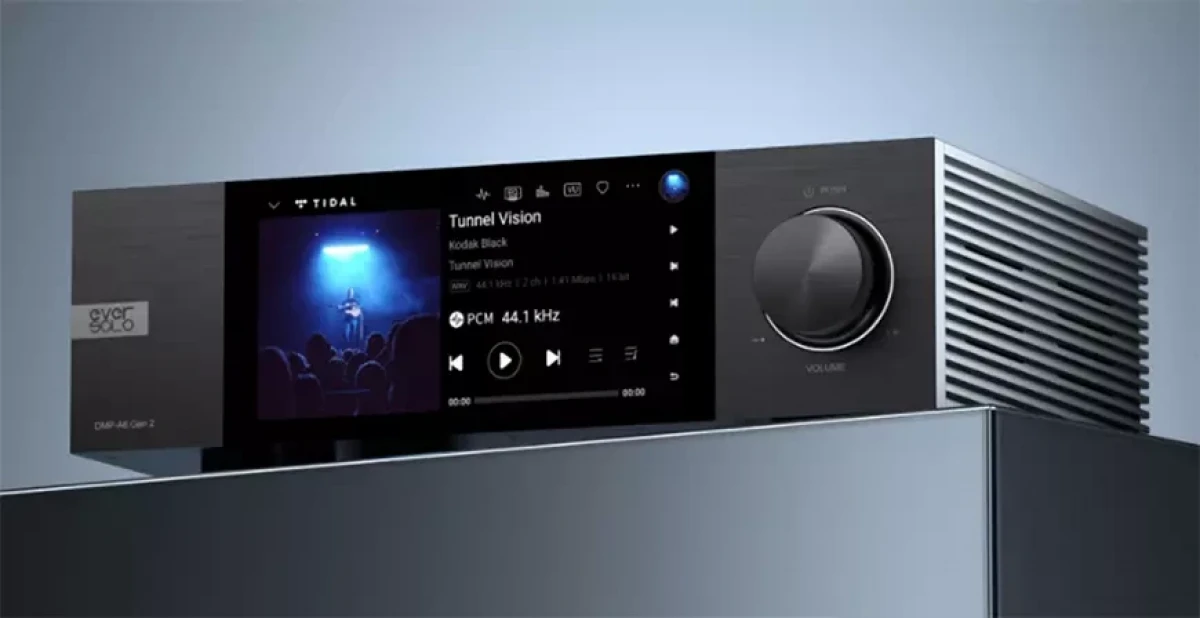
With a quad-core ARM Cortex-A55 processor, 4 GB of RAM and 32 GB of storage, the Eversolo DMP-A6 Gen 2 network player handles large files and high-resolution audio streams with ease. The device’s body is made of aerospace-grade aluminum.
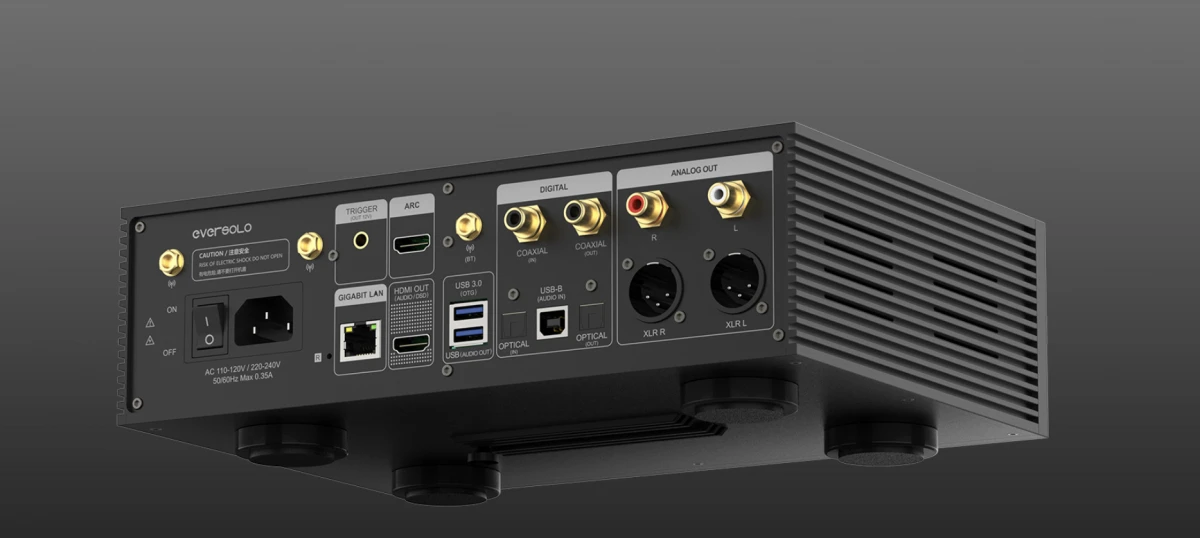
In addition to the base version of the Eversolo DMP-A6 Gen 2 player, a Master Edition version will also be available, featuring dual femtosecond clock oscillators with ultra-low phase noise and OPA1612 op-amps for more accurate audio synchronization support and signal amplification. The base version of the Eversolo DMP-A6 Gen 2 is now available for a suggested retail price of $859 USD / €869. The Master Edition will be available soon for $1,280 USD / €1,299.
Specifications
This product is in the Hi-Fi and High End Electronics and Acoustics database
Streamers — Eversolo DMP-A6 Gen 2
Model name
DMP-A6 Gen 2
Has internal DAC
Yes
DSD compatability
Yes
Parameters
up to PCM 32/768 and DSD512
DSP processing
XMOS XU316
Frequency response low +/- 3dB (Hz)
20
Frequency response high +/- 3dB (Hz)
20000
Gain (dBu)
N/A
Input Impedance (balanced) (Ω)
N/A
Input Impedance (single-ended) (Ω)
N/A
Output Impedance (balanced) (Ω)
N/A
Output Impedance (single-ended) (Ω)
N/A
Analog outputs level (balanced) (V)
5.2
Analog outputs level (single-ended) (V)
2.6
Signal to Noise Ratio (dB)
128 - 124
Total Harmonic Distortion + Noise (% at 22 kHz)
0.00009% - 0.00011%
Dimensions (mm)
187 x 270 x 90
Weight (kg)
N/A
Official link
More content
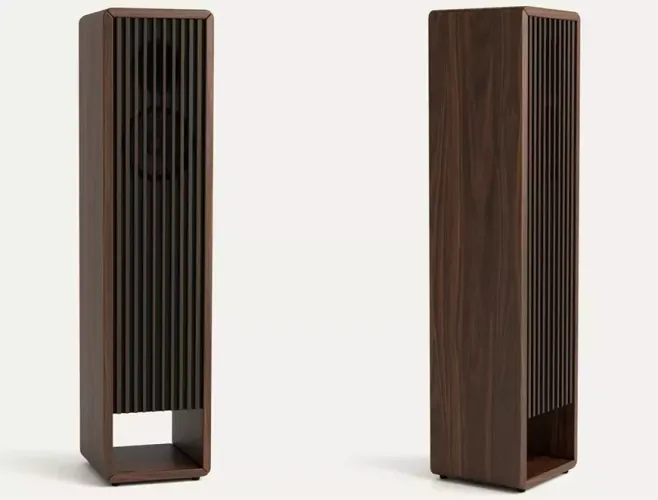
Bärbox B.01 – Speakers in Solid Wood Cabinets
The German company Bärbox has released new acoustic systems Bärbox B.01 – slender two-way floor-standing loudspeakers are designed in solid wood cases and operate in the frequency range from 38 to 20,000 Hz (at 87 dB sensitivity and 4 Ohm impedance). The downward-facing phase inverter port allows for maximum flexibility in the placement of the speakers in the listening room.
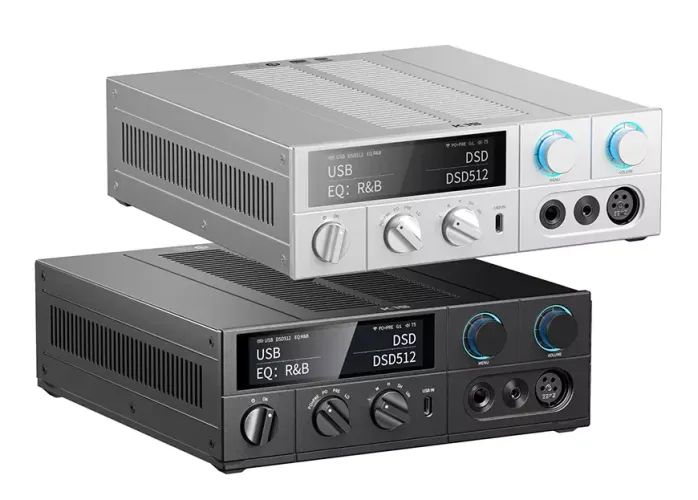
FiiO K15 – an Inexpensive DAC with a Headphone Amplifier
FiiO plans to release a new DAC with a headphone amplifier and a preamplifier FiiO K15. Detailed performance characteristics of the new product will be announced after the presentation at the CanJam exhibition in London - but it is already known that the model will go on sale in August 2025 for an affordable 599 euros. Of course, FiiO K15 supports Hi-Res up to PCM 32/768 and DSD512.
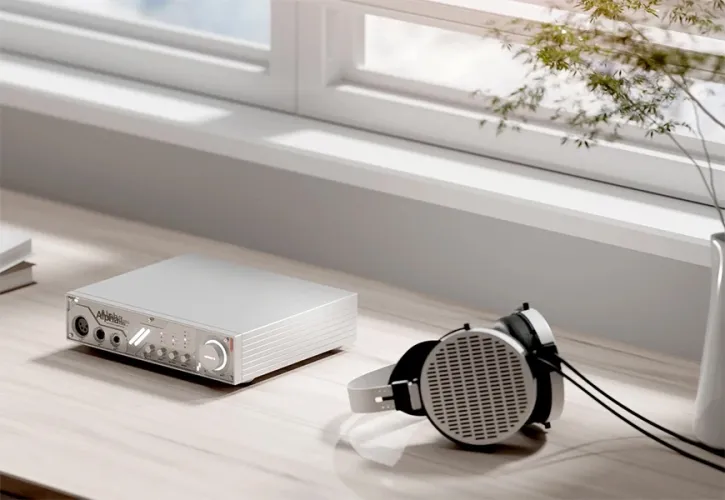
D&A Alpha PRO – Digital-to-Analog Converter with Zero-Jitter Clock Architecture
D&A (Digi & Aesth) has introduced a relatively inexpensive ($699) digital-to-analog converter with headphone amplifier D&A Alpha PRO. Alpha Pro was developed on the basis of the flagship ESS Technology ES9039MSPRO chip, it supports signals up to PCM 32/768, DSD512 and hardware decodes MQA.
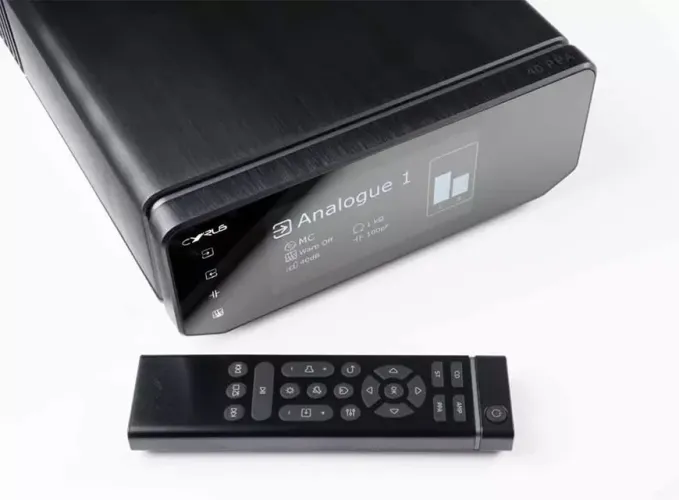
Cyrus 40 PPA – the Latest Phonostage is Now Available
Cyrus Audio has officially unveiled the Cyrus 40 PPA phono preamplifier – the model has been previously demonstrated at exhibitions and is now available for sale at a suggested retail price of €2,499 or $2,899.
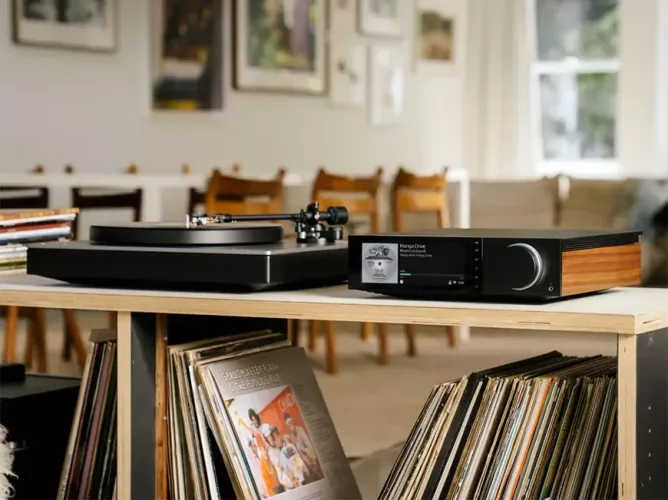
Cambridge Audio EVO 150 SE – Meet the Updated Amplifier
Cambridge Audio has released an improved version of its famous network integrated amplifier – this month the Cambridge Audio EVO 150 SE will go on sale. The device uses Class D amplification based on NCOREx “Tuned by Cambridge” modules and delivers 2 x 150 watts to 8 ohm speakers. The amplifier is equipped with a built-in digital-to-analog converter based on the advanced ESS Technology Sabre ES9018K2M chip.


